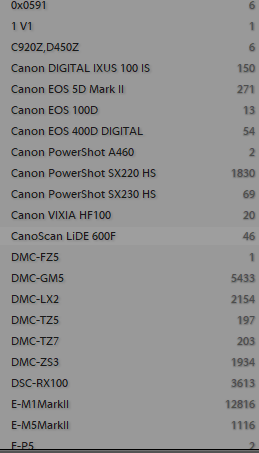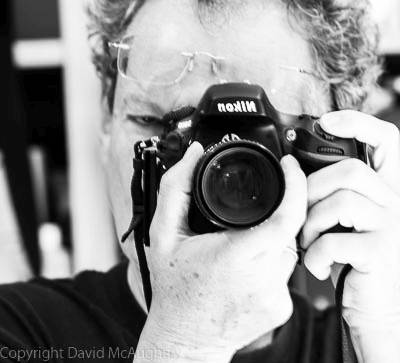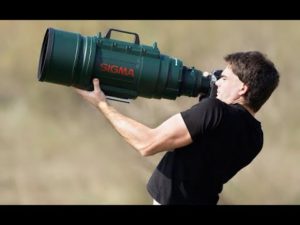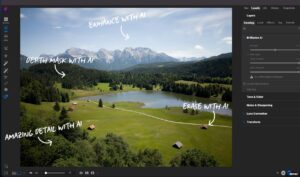The lessons from owning too many cameras

The photography software that I use, Adobe Lightroom has a useful feature where you can see in tabular form which cameras, lenses, shutter speed, focal length etc you used. One day, I had every photograph selected and noticed that the camera list was pretty long. It turned out that I have used 56 different cameras since the early 2000s. This is because after I retired in 2007, photography became one of my principal activities, and because I could, I bought the most interesting cameras that I thought I could afford. In the manner of the frog in the boiling water, I gradually became immune to concerns like expense and bought more and more complex and interesting gear. Of course as I bought new stuff I typically sold the old stuff so today I actually only have 4 cameras, although I have had up to 8 at one time in the past.
Of the 56 cameras, 36 were of the interchangeable lens type, of which 8 were DSLRs (Digital Single Lens Reflex) and 28 were mirrorless. A further 8 were camera phones, and 12 were sophisticated compact point-and-shoot models. The full list is in the table below, and you can sort this to categorise it by camera type, sensor size or camera technology.
What did I learn?

During this turnover of different camera technologies and manufacturers, I learnt a few things.
At some level, sensors can be too small. I found this initially with the sophisticated compact digital cameras I bought from 2005 onwards. You cannot get miracles out of sensors that are too small, and for me this showed up mostly in in dynamic range issues. Highlights were always blown out in sunny scenes, and In addition, you could not enlarge the photos to printable size if any kind of cropping was done. I found the same to be true even in sophisticated cameras with a sensor size up to 1-inch. Computational photography, as used in smartphones, uses processing power to get round some of these issues, so it’s not quite as true for them as it was for compact cameras.
On the other hand, large sensors inevitably mean large and heavy lenses, and therefore large and heavy systems. Over the last 8 years, there has been a lot of discussion in the industry about the difference between DSLR full frame (35mm) and Mirrorless full frame cameras. I found that although mirrorless technology (such as from Sony) results in a more elegant and compact camera body; it doesn’t make any difference to the size and weight of lenses, which are still heavy, and particularly so when you get to the long telephoto lenses needed for bird photography.
For a serious photographer, most photographic opportunities are located away from home, and this means your photographic system needs to be a good travelling companion. As a result, size and weight are important if you are trucking your system around with you. Although Covid has changed the travel landscape possibly forever, the requirement for airline travel these days is is to fit the entire system into a carry-on bag with a total system weight of something less than 5 to 6 kilos. The bag itself, plus laptop, chargers and anything else you are likely to take with you in the airline cabin, will easily take the total weight of the carry-on to around 10 Kg which is the likely maximum that will be allowed. On some airlines, there is a 6 or 7 kg maximum carry-on weight, and this is pretty well unachievable for a full frame system if you carry a long telephoto lens with you.
APSC cameras do not provide enough benefit to warrant building a system around them. APSC is the next sensor size down from 35mm full-frame cameras. The most famous of these systems is made by Fujifilm, with their gorgeous X series cameras and lenses. I owned 7 of these great cameras and almost every Fuji lens. This year I sold everything, because I realised that the overall system weight for travelling was almost the same as full frame, while their sensor performance was no better than that of the much smaller and more compact Micro Four Thirds (MFT) system.
Micro four thirds (MFT) cameras and specifically the Olympus system, provide features that no other camera system whatever the sensor size can match, and are also the most portable and flexible for travelling. Over the years I have bought any camera I wanted, irrespective of price. After sampling everything, and in particular this year, methodically testing the very best in the market, I have concluded that there is nothing to touch the Olympus MFT system, and I have sold everything else in its favour. I’m going to expand on this in some detail in a few further posts but the net message is that the Olympus OMD E-M1 series cameras and lenses are by a huge margin the best I’ve ever used, irrespective of technology and price.
The full list of cameras I’ve bought over the years is shown below.
[gdoc key=”https://docs.google.com/spreadsheets/d/1cCX6peRjdPb7aUell5y9fDaCZngkLgTNHGVEjfDQWrY/edit?usp=sharing” datatables_page_length=”58″]




